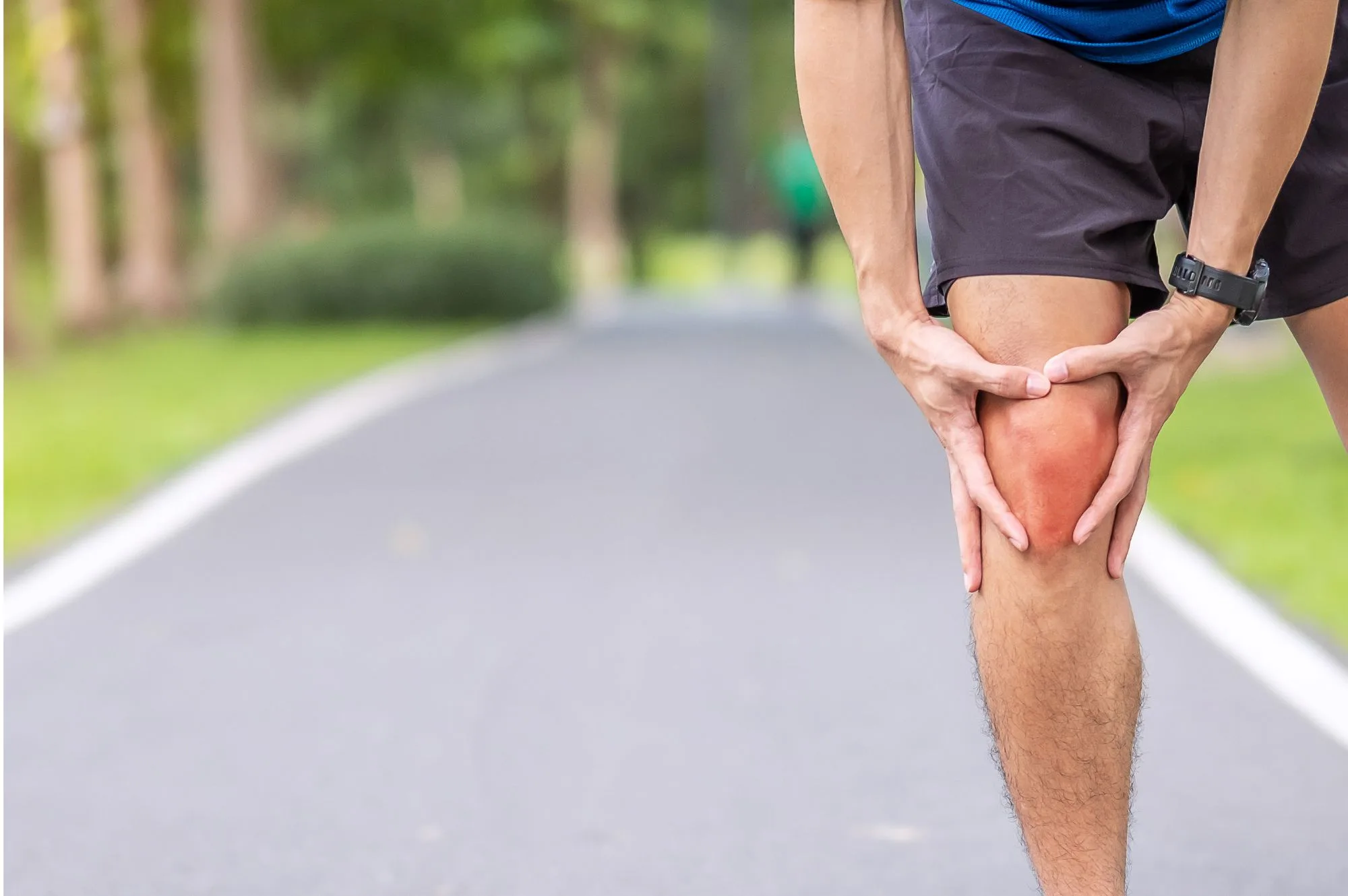
All You Need To Know About Patellofemoral Pain Syndrome (PFPS)
Patellofemoral Pain Syndrome, or PFPS, is a type of knee pain that happens around or under the patella. The patella is the kneecap or the roundish-triangular part that you can feel when you touch your knee in the front. It is also commonly called ‘runner’s knee’ as it is said to contribute to almost 17% of all running related injuries.
Symptoms of PFPS
The symptoms of PFPS are aching pain in the knee, which is worse than the kind of knee pain people get when they’ve been walking up-slope, on stairs or sitting for long periods of time. Sometimes, a cracking sound is also heard when the knee joints move.
Causes
PFPS usually occurs in people who play sports that cause a lot of pressure in the patellofemural joint. This is the joint that connects the patella to the femur (thigh bone). Those who run or jump a lot in the sports that they play are most affected, therefore the nickname ‘runner’s knee’. This causes an inflammation or compression in the surrounding cartilage that results in pain. This is most likely to happen to those who have weak muscles around the knee, such as quadriceps or VMO. This leads to an inefficient movement mechanism of the femur when you run or jump, causing the patellofemural joint to slowly wear down. Adolescent girls tend to be more affected by PFPS.
Treatment
Exercising
Exercises that loosen up the thigh and calf muscles are popularly used to enhance the technique used by your leg muscles to move in order to reduce the pressure on the patellofemural joint. These exercises include stretching and exercises for the quadriceps. While there are plenty of videos online, you must visit a physical therapist who will show you the exercises that are best for you, based on your X-Rays.
Foam rolling
This is another way of loosening your thigh muscles. There are various exercises that your physical therapist can show you using the foam roller. This, like stretching, releases the tension in your muscles.
Kinesio taping
Kinesio tapes can also be used for relief. Tapes alter the tracking of the patella and thus release pressure from the joints in the knee. This method works for some people and doesn’t for others. A kinesiologist will be able to identify what’s working for you.
Knee braces
Patella tracking knee braces are shaped to go around the knee area on the leg, with an opening in front of the patella. They support the patella and help ease the pressure when you’re running or jumping.
Massages
Sports massages, given by sports or athletic therapists, again help to loosen up your muscles, which allow your joints to work in the desired fashion. Massages are a good way to supplement any of the other above techniques.
PFPS is easily managed with these techniques, so all you need to do is head to the nearest physical therapist to sort out your problem ASAP!






